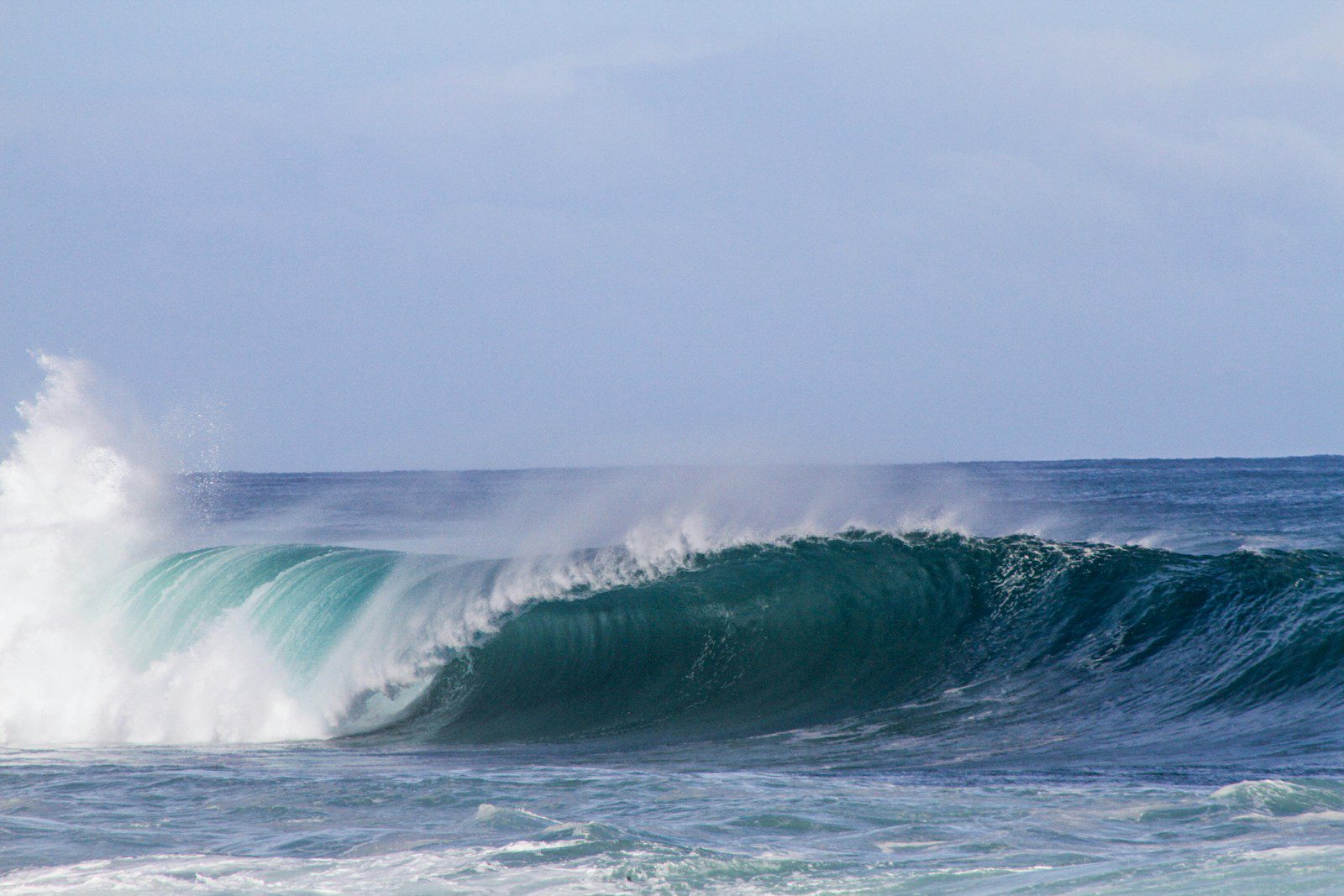
High-Energy Coastal Waves Threaten Beach Safety and Disrupt Local Activities

Drop files to upload
Across various coastal regions, powerful ocean waves are causing significant disturbances, not only endangering those who frequent the shoreline but also disrupting routine beachfront activities. As seaside communities brace for intense wave action, public safety remains a growing concern.
While waves are a natural and expected feature of coastal life, not all are created equal. High-energy waves—often fueled by distant storms or shifting atmospheric pressure—carry with them immense force that can reach far beyond the immediate waterline. This energy can slam into the shore, creating conditions that are both unpredictable and hazardous.
Such waves can appear suddenly, catching beachgoers, joggers, photographers, and even experienced anglers off guard. In particular, individuals standing or walking on low-lying coastal rocks or jetties are at significant risk of being swept away. The power of a single wave can knock a person off balance, pulling them into the ocean in seconds.
Beaches and coastal venues are often hotspots for recreation, business, and tourism. However, when large waves strike, they can cause temporary closures, cancel scheduled events, and halt commercial operations such as boat tours, fishing charters, and surf schools.
Local businesses dependent on beach activity—such as cafes, rental shops, and vendors—often bear the brunt of these disruptions. With decreased foot traffic and safety restrictions in place, revenue drops sharply, even when the wave activity is temporary.
In addition to human impact, high-energy waves also reshape the physical environment. Shorelines erode, sand dunes shift, and debris is scattered inland, leaving cleanup crews scrambling to restore order once conditions stabilize.
Among the most vulnerable to sudden wave surges are anglers—especially those who fish from rocky platforms or exposed tidal areas. The allure of a good catch can tempt even experienced individuals into taking risks. But with wave energy intensifying, these areas are becoming increasingly treacherous.
Marine safety experts consistently advise against venturing onto slippery rocks or unstable coastal structures during turbulent sea conditions. Even if the tide appears low, rogue waves can break without warning, putting lives in jeopardy.
Unfortunately, every year reports surface of individuals injured or lost to the sea after underestimating the force of these waves. In many cases, the outcomes could have been prevented with greater awareness and caution.
In response to these dangers, several coastal authorities have launched public safety initiatives aimed at raising awareness. These include:
In many regions, national weather services and marine monitoring centers provide up-to-date information on wave forecasts, tidal patterns, and coastal advisories. Checking these resources before heading to the beach is a vital step in preventing accidents.
To better appreciate the risks, it helps to understand how high-energy waves are formed. Most are generated far offshore by storm systems, where strong winds transfer energy to the surface of the sea. This energy travels across vast distances in the form of swell waves—large, rolling movements that eventually reach the coastline.
Depending on local topography, these swells can be amplified when they meet shallow water or interact with coastal structures. In narrow bays or near cliffs, waves can reflect and focus energy, increasing the impact force dramatically.
While everyone should remain cautious during periods of high wave activity, some groups are more at risk than others:
Ensuring these individuals are aware of the hazards—and that proper warning systems are in place—is critical to reducing accidents and fatalities.
If you’re planning to visit the beach or engage in activities near the ocean, keep the following guidelines in mind:
For up-to-date safety information, consult your region’s rip current and wave safety guidelines.
As climate patterns shift and sea levels rise, the intensity and frequency of dangerous wave events may increase. Coastal erosion, habitat loss, and infrastructure damage are becoming more common, making it essential for governments and communities to invest in resilient shoreline management strategies.
Mitigation measures such as seawalls, artificial reefs, and dune restoration can help buffer some of the energy from incoming waves. However, these solutions are costly and often controversial due to environmental impacts. Ultimately, awareness and preparedness remain the most effective tools for safeguarding human life.
While the ocean is a source of beauty, inspiration, and economic opportunity, it also commands immense respect. As high-energy waves continue to disrupt coastal areas, we are reminded that nature’s forces can shift from awe-inspiring to life-threatening in an instant.
By staying informed, exercising caution, and supporting local safety efforts, communities can enjoy the benefits of the sea without falling victim to its dangers. The ocean is not to be feared—but it must always be respected.
For more insights on this topic, check our latest update on Damaging Waves in Coastal Africa.